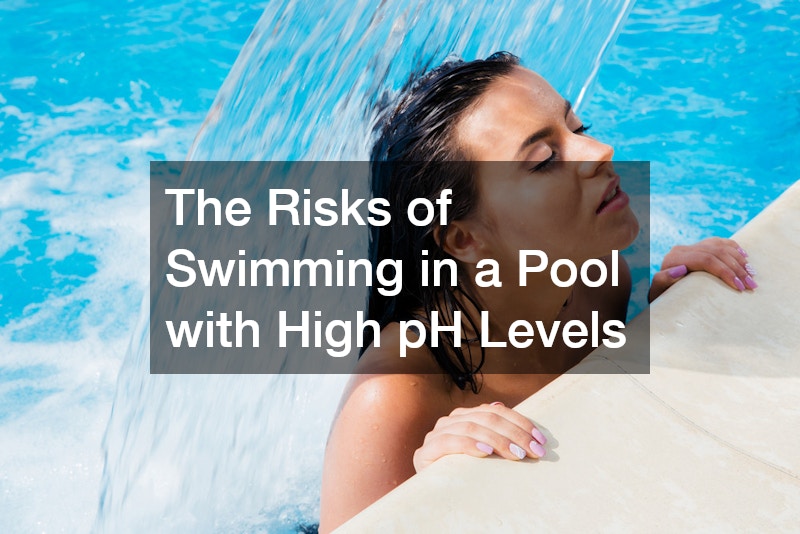Maintaining the correct pH level in a swimming pool is crucial for ensuring both safety and effectiveness of sanitation. The pH scale measures how acidic or alkaline a solution is, and it’s essential to understand the impact of high pH levels on a pool’s water quality.
The ideal swimming pool pH is around 7.4. This level is optimal for the effectiveness of chlorine, which is a primary disinfectant used in pools.
However, when the pH rises above this range, several issues can arise. A pH of 8.0 is 10 times more alkaline than 7.0, and a pH of 9.0 is 100 times more alkaline. This significant increase in alkalinity can drastically affect the pool’s water chemistry and its usability.
One major concern with high pH levels is that chlorine becomes less effective. When the pH reaches 8.0 or higher, chlorine’s ability to disinfect and kill harmful bacteria diminishes. This results in a pool that may appear clean but could harbor germs and pathogens, posing a health risk to swimmers.
Additionally, high pH levels can lead to skin irritation. People with sensitive skin, including those with fair skin, may experience rashes or itchy skin after swimming in water with elevated pH levels. This discomfort can be quite severe for some individuals, making it important to monitor and manage swimming pool pH levels carefully.
To avoid these risks, it’s crucial to regularly test and adjust the pH level of your pool water. Keeping the pH around 7.4 ensures that chlorine remains effective and helps prevent skin irritation. If you encounter high pH levels, it’s best to address the issue promptly to maintain a safe and comfortable swimming environment.
Overall, proper maintenance of swimming pool pH is essential not only for effective sanitation but also for the comfort and health of swimmers. Regular checks and adjustments can help avoid the potential hazards associated with high pH levels.
.


